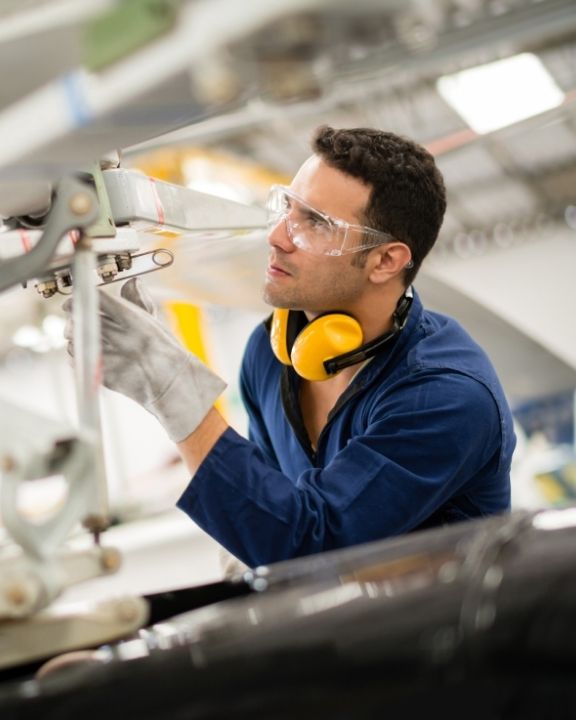In an earlier article https://www.jamesandwells.com/nz/open-slather-on-automotive-style-icons/ I reported on JLR’s unsuccessful attempts to register the shape of the original Land Rover Defender as a trade mark. I also commented on Ferrari’s loss of a shape trade mark registration for the iconic 250 GTO. In more positive news, Ferrari has had some success in maintaining a registration for TESTAROSSA.
In 2015 a German toy company called Autec AG applied to revoke Ferrari’s registration on the basis that it had not been put to continuous use for a period of 5 years. The last Ferrari bearing the name had been sold in 1996, yet the mark was registered in 2006 in class 12 for “‘Vehicles; apparatus for locomotion by land, air or water; land motor vehicles, automobiles, structural and replacement parts, components and accessories therefor all included in this class; brakes, engines, tyres for land motor vehicles included in this class; bicycles, motor bicycles, vans and trucks”. Ferrari argued, unsuccessfully at first instance, that the mark had been used on second-hand vehicle sales and for spare parts.
It appears that Ferrari’s argument may have failed due to a lack of evidence that Ferrari itself was connected to the sale of used TESTAROSSA vehicles / parts. Nor was the Board of Appeals convinced[1] that second-hand car sales created market share for Ferrari as opposed to being a descriptive use of the mark to describe the model of vehicle being sold.
For spare parts, the Board questioned whether the parts were new and provided by Ferrari, or second-hand coming from second-hand cars. It also questioned whether the economic value of the sale of parts equaled the economic value of the sale of an entire automobile.
In July this year the EU General Court[2] reversed the Board’s decision and confirmed the validity of the TESTAROSSA registration. The Court reasoned[3] that the fact that a proprietor cannot prohibit third parties from using its trade mark in respect of second-hand goods already put on the market does not mean that such use cannot also be linked to the proprietor. Ferrari was able to show sales of second hand TESTAROSSA vehicles had been made by dealers who were also authorised dealers, distributors and repairers. This established an economic link between Ferrari and those companies giving rise to a finding of implied consent by Ferrari to those sales. Taking into account industry practice of selling cars under both a house mark and model mark, the court was prepared to infer Ferrari’s consent to second-hand sales using both the Ferrari house mark and TESTAROSSA model mark. In this respect the Court was prepared to draw a distinction between those sales and sales by independent third parties with no connections to Ferrari, the Court commenting[4]
It is well known that, on this specific market, the fact that such a car is sold by a dealer or distributor authorised by the proprietor of the trade mark can serve to indicate its commercial origin and to reassure customers that the maintenance of the car and any replacement of parts and accessories have not been carried out in such a way as to affect its commercial origin.
The Court also relied upon a service provided by Ferrari for a fee to certify that a particular second-hand car is a genuine TESTAROSSA. The Court held[5] that the actual use, by its proprietor, of a trade mark registered in respect of certain goods, for services which are directly connected with the goods previously sold and intended to meet the needs of customers of those goods, is capable of constituting ‘genuine use’ of that mark and in this case it was important that Ferrari was certifying the authenticity of goods bearing the TESTAROSSA mark.
For similar reasons the Court found that sales of genuine second-hand TESTAROSSA parts by authorised dealers was impliedly with Ferrari’s consent, and further that use of a registered trade mark, by or with the consent of its proprietor, in respect of replacement parts forming an integral part of the goods covered by that mark is capable of constituting ‘genuine use’ so that use on spare parts amounts to genuine use for automobiles.
It is apparent that Ferrari was saved by its dealership agreements – which do not appear to have been specifically drafted to provide consent to use its marks in relation to second hand automobile and parts sales but which were, very helpfully, relied upon to show implied consent and to distinguish from identical sales by unrelated third parties. It also didn’t hurt that the party was Ferrari and the reputation of the contested mark was significant.[6]
For us mere mortals the case provides several salutary reminders about best practice when adopting and registering sub-brands:
- Do it early. Given the cachet of the TESTAROSSA name, it’s surprising Ferrari waited until 2006 to apply to register it.
- Use it or lose it. The non-use test is not focused so much on the extent of use as whether the use is genuine or merely intended to preserve the trade mark registration. Even a small amount of genuine use may suffice to maintain a registration.
- Lock it down. Third party use will only benefit the owner of the trade mark where it is authorised by them and subject to suitable controls. Best practice is for formal written agreements establishing those factors.
As to the form and content of such an agreement, further insight can be gained by considering things Ferrari could have done better. These include:
1. Explicit Licensing Terms: Ferrari relied on implied consent for use of the TESTAROSSA mark by authorised dealers. An improvement would be to include clear, written licensing clauses in dealer agreements specifying:
- Which marks (e.g. TESTAROSSA) can be used
- In what contexts (e.g., resale, marketing, certification)
- For which goods (e.g., automobiles, parts, accessories)
2. Branding and Usage Guidelines: The Board of Appeal questioned whether the TESTAROSSA mark was used independently or just descriptively. An improvement would be to provide brand usage manuals to dealers outlining:
- How and where to display the TESTAROSSA mark
- Requirements for co-branding with Ferrari
- Use on invoices, websites, promotional materials, and certification documents
3. Certification Program Integration: The certification service was seen by the Board of Appeal as operating under the Ferrari brand, not TESTAROSSA. An improvement would be to structure agreements to:
- Explicitly link the certification program to the TESTAROSSA mark
- Require dealers to reference TESTAROSSA in certification-related communications
- Include clauses that make certification a condition for authorised resale
4. Renewal and Legacy Model Clauses: TESTAROSSA was a legacy model, and Ferrari had ceased production. An improvement would be to include clauses in dealer agreements that:
- Extend trade mark usage rights for legacy models
- Define how marks are to be used in the resale and servicing of discontinued models
- Clarify Ferrari’s ongoing role in supporting legacy branding
5. Record-Keeping and Reporting Obligations: Ferrari initially lacked direct evidence of authorised use during the relevant period. An improvement would be to include clauses requiring dealers to:
- Maintain records of sales and marketing activities involving the TESTAROSSA mark
- Submit periodic reports to Ferrari
- Provide copies of invoices, advertisements, and customer communications
Post-script: since JLR has rebuffed my open (and repeated) invitation to take on their portfolio I am open to other suitors. Conveniently I am also a proud owner of a rakish V12 modern classic Ferrari so, if you are reading this, Ferrari…
———
[1] Testarossa’s proof of use dilemma: No genuine use for second-hand cars and spare parts – EUIPO
[2]https://curia.europa.eu/juris/document/document.jsf;jsessionid=A48A516BC36C1AF1B37A6D66F7D6A227?text=&docid=302010&pageIndex=0&doclang=EN&mode=req&dir=&occ=first&part=1&cid=964272
[3] At [30] – [32]
[4] At [44]
[5] At [47]
[6] See for example the statement in paragraph [59] that “it is nonetheless conceivable that, depending on the circumstances, as in the present case, the reputation of the contested mark may constitute one factor among others that casts light on the practices regarded as warranted in the economic sector concerned as a means of maintaining or creating market shares for the goods protected by the mark, within the meaning of the case-law cited in paragraph 22 above. In particular, as has been pointed out in paragraph 44 above, the fact that an especially sought-after car is sold by a dealer or distributor authorised by the proprietor of the trade mark can serve to reassure customers that the maintenance of the car and any replacement of parts and accessories have not been carried out in such a way as to affect its commercial origin.”










